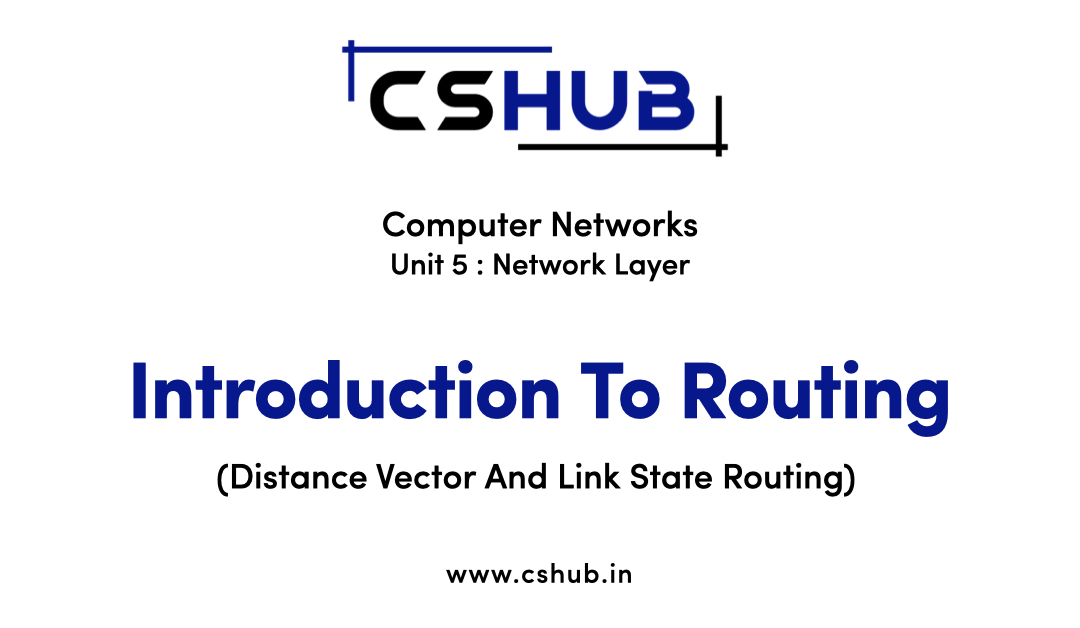Distance Vector Routing
Dimensional Vector Routing protocols use distance to calculate the best route to a specific location. Hops are typically used to measure distance, but other metrics, such as delay or packet loss, may also be used. A hop is traversed each time a packet goes through a router if the distance metric is hop. The shortest route to a given network is the best route to that network.
The vector indicates the direction of that particular network. The entire routing table sent by distance vector protocols reaches neighbours who are directly connected. Distance vector protocols include RIP (Routing Information Protocol) and IGRP (Internal Gateway Routing Protocol).
- In this dynamic routing algorithm, each router calculates the distance to every potential destination or its close neighbours.
- The router updates the table based on its neighbours after sharing its knowledge of the entire network with its neighbours.
- At regular intervals, neighbours share information with one another.
- It makes use of the Bellman-Ford Algorithm for making routing tables.
- Problems – Horizon splitting can be used to solve the count-to-infinity problem. Good news spreads quickly, while bad news spreads more slowly. – Problem with persistent looping, in which the loop persists indefinitely.
Link State Routing
Link State protocols are also known as shortest-path-first protocols. Link state routing protocols have a complete understanding of the network topology. They therefore comprehend the entire network more thoroughly than any distance vector protocol.
Three distinct tables are created by each router that uses link state routing. The topology of the entire internetwork is stored in one table, information about directly connected neighbours is kept in another, and the routing table itself is kept in the third.
- A router uses flooding to send information about its neighbours to all other routers.
- Information sharing takes place only whenever there is a change.
- It is a dynamic routing algorithm in which every router in the network shares information about its neighbours.
- Heavy traffic caused by packet flooding is a problem. Using the Time to live (TTL) field can prevent flooding from leading to infinite looping.
- It makes use of Dijkstra’s Algorithm for making routing tables.
Difference Between Distance Vector Routing and Link State Routing:
| Distance Vector Routing | Link State Routing |
|---|---|
| No flooding, small packets and local sharing require less bandwidth. | More bandwidth required to facilitate flooding and sending large link state packets. |
| Uses broadcast for updates. | Uses multicast for updates. |
| Persistent looping problem exists. | Only transient loop problems. |
| Updates table based on information from neighbours, thus uses local knowledge. | It has knowledge about the entire network, thus it uses global knowledge. |
| Updation of full routing tables. | Updation of only link states. |
| Less traffic. | More network traffic when compared to Distance Vector Routing. |
| Uses Bellman-Ford algorithm. | Uses Dijkstra’s algorithm. |
| Based on least hops. | Based on least cost. |
| Less CPU utilisation. | High CPU utilisation. |
| Moderate convergence time. | Low convergence time. |

